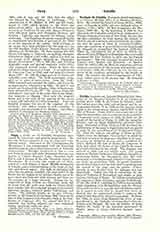

Vaga, a titular see of Numidia, frequently mentioned by historians and ancient geographers. Before the Roman conquest it was an important commercial center. Delivered to the Carthaginians by Massinissa, it was incorporated with the Numidian kingdom, and at a later date became part of Numidia Proconsularis. Metellus destroyed it, but it soon rose from its ruins, and under Septimius Severus was known as Catania Septimia Vaga. Justinian fortified it, and in honor of his wife Theodora, named it Theodorias. It is today the small city of Beja, center of a civil district of about 100,000 inhabitants in Tunisia, and a railroad station in the heart of that rich agricultural region. The halls of Justinian still exist, but are greatly modified; the large tower of the Kasba was the donjon of the ancient citadel; one of its gates dates also from the sixth century and there are the remains of a large reservoir. Among the inscriptions of Beja several are Christian; from one we learn that the walls were built by Count Paul; from another that the principal mosque is an ancient Christian basilica, restored under Valentinian and Valens. The bishops known to us are: Libosus, present at the Council of Carthage, 256; Crescens at that of 349; Ampelius and Primulus, both at the Conference of Carthage, 411; the second had been a Donatist, but having abjured his error remained bishop conjointly with the first.
S. PETRIDES

